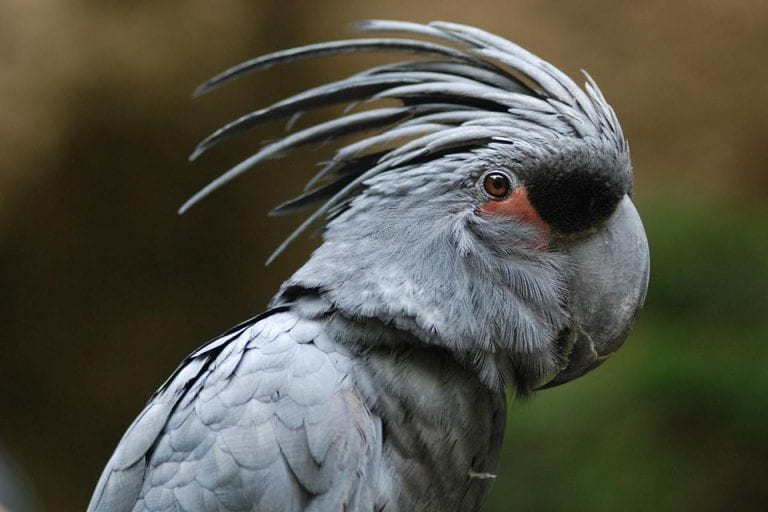

#Cockatoo breeds together how to#

Britannica Explains In these videos, Britannica explains a variety of topics and answers frequently asked questions.The answers (or at least some of them) are published monthly in Behaviour, the journal Tinbergen co-founded with W. That is why Tinbergen listed questions and not answers (theorems or laws). It is his experimental approach to the study of behaviour that lasts to this day. Tinbergen was at heart an experimentalist who, more than Lorenz and von Frisch, applied the scientific method to the field of animal and human behaviour. Niko Tinbergen shared, with Konrad Lorenz and Karl von Frisch, the 1973 Nobel Prize for Medicine or Physiology for contributions to the study of behavioural biology. How does an animal's behaviour compare with that of other closely related species, and what does this tell us about the origins of its behavior and the changes that have occurred during the history of the species? (phylogeny) How does the behaviour promote an animal's ability to survive and reproduce? (adaptation)Ĥ. How does an animal's behaviour change during its growth, especially in response to the experiences that it has while maturing? (ontogeny of development)ģ. How does an animal use its sensory and motor abilities to activate and modify its behaviour patterns? (physiological mechanisms)Ģ. Niko Tinbergen (1907-1988) defined 4 questions for research in behavioral biology:ġ. In addition, the editorial board encourages reviews of behavioural biology that illuminate emergent trends and new directions in behavioural research. leadbeateri that have been reported.īehaviour publishes original research pursuing Tinbergen's four questions and questions resulting from the interrelationship among the four. roseicapilla are probably responsible for those cases of hybridisation in the wild between C. leadbeateri and they also adopt the latter's much more varied diet. Parts of their behaviour repertoire are innate, parts are the result of imprinting and parts, of later learning. roseicapilla behave as, and associate with C. leadbeateri unknowingly incubate a mixed parentage clutch, and may rear a young C. roseicapilla being smaller, lose out and the C.

leadbeateri both "own" the same hollow and contribute eggs to the clutch. Parent birds often forage a long way from the nest and so the early eggs are largely unattended. Their eggs which are very similar are laid every other day and are not incubated until at least three have been produced. Both species nest in tree-hollows of similar dimensions at the same time of year. leadbeateri are sympatric throughout much of Australia. Two species of cockatoo, the galah Cacatua roseicapilla and Major Mitchell's cockatoo C.


 0 kommentar(er)
0 kommentar(er)
